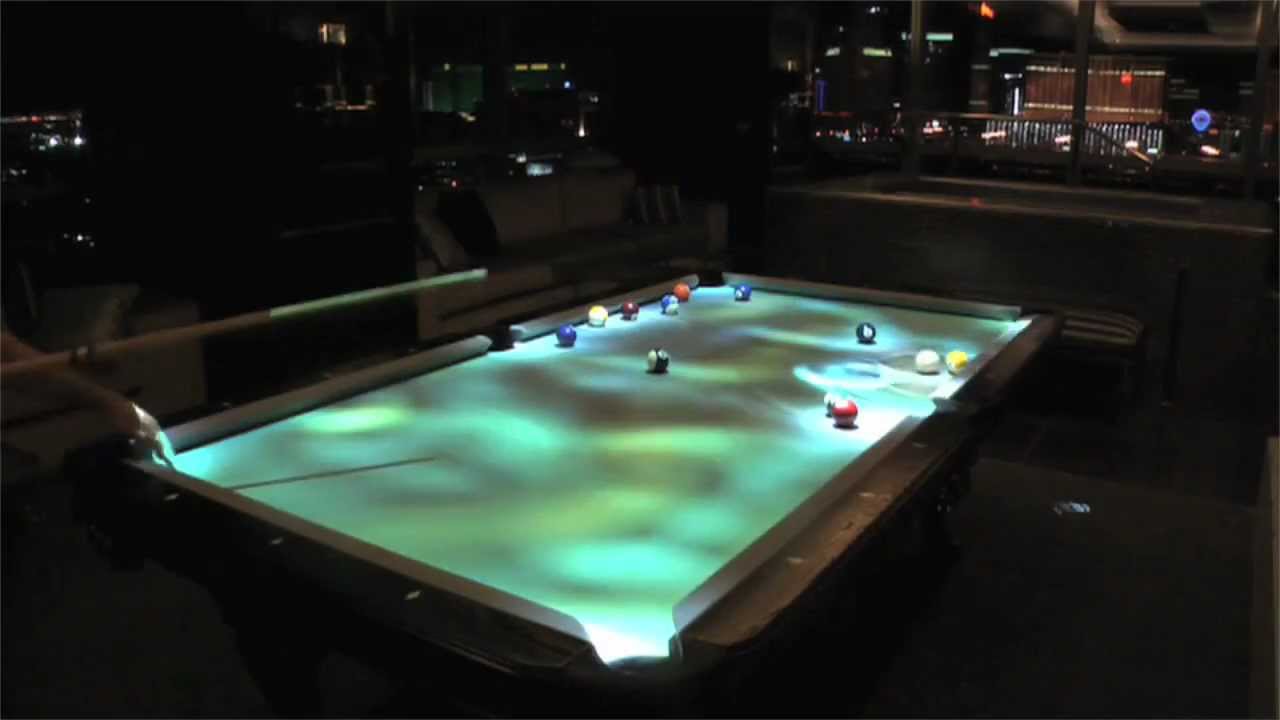
Although pool and billiards are similar, there are some key differences. They use different sizes of tables. Billiard tables are more spacious than pool tables and require larger balls. Billiards cues can also be thicker or shorter than pool cues.
Carom billiards does not require you to have a bank account
Carom billiards are different from pocket billiards in that they use no pockets to hold the balls. Three balls are used instead of the usual 4. The cue should be pointed in a certain way to ensure that the balls ricochet. These games require a lot of skill and ingenuity. Each player gets three turns. Each player has three chances to earn 500 points. However, the highest score recorded is 427.
Carom billiards has one goal: to score as many points before your opponent as possible, and to do this within a given time period. Each successful shot counts for one point. There is no penalty for missing a shot. Players can also try their hand at playing artistic billiards by using Aramith Carom Balls.
Only 3 balls are used
Both pool and billiards are variations of the game carom. Both games have three balls, a carom and a red. The cueball is also used in carom billiards. The other two balls are called the yellow and brown balls. Both games can be played at pool tables measuring five by ten feet.

Billiards is played at a 5-by-10-foot pocketless table and three balls. Three-cushion billiards has the cue ball marked on one side with a black dot. The object ball is always marked with a red dot. The goal of the game's objective is to score as many points possible.
A directional nap is a distinctive feature of Snooker cloth
Snooker cloth has a distinct directional nap that affects the trajectory of the ball. It is thick and made of 100% wool. This is a different cloth from carom, which is typically worsted for speed. Both cloths serve different purposes and can be used for different games.
A slow shot towards the middle pockets is where you will notice the most obvious directional nap difference. If the ball is played dead weight, it will tend to fall into the side cushion. This can be prevented by aiming your shot towards the inner or far jaws of the middle pocket.
Modern billiards cues
Modern billiards and pool cues are very different. They are made from different materials. In fact, the internal male/female connection points almost always are made from brass or steel. These materials are resistant to temperature fluctuations and shrink less than other material. Cues made of high-quality materials can also be adorned with silver and precious stones.
Billiards evolved out of stick and ball outdoor games. Ground billiards is also known as the game. It's similar to modern games such as croquet and golf. Modern billiards cues, despite sharing many similarities, are made for different purposes.

History of billiards
History of pool and billiards dates back to 14th-century, when ground billiards first appeared. The origin of the word 'billiards' is unclear, but two French words are suspected of being the source. The first refers to the machete used to smash the balls. The other is billette which is French for tail. In addition to the English-language inventors of the game, Frenchmen also contributed to the game's evolution.
In the early eighteenth century, billiards and pool became popular in England and Europe. King Henry VIII and Edward VI attended games of pool. The Archbishop of Glasgow was also present. Cardinal Thomas Wosley wrote a letter to the Archbishop of Glasgow praising the game. In the 17th century, billiards was considered a noble game, with French kings and noblemen commissioning joiners to construct their billiard tables. The game has evolved significantly over the years, with the role played by pockets changing with the times.